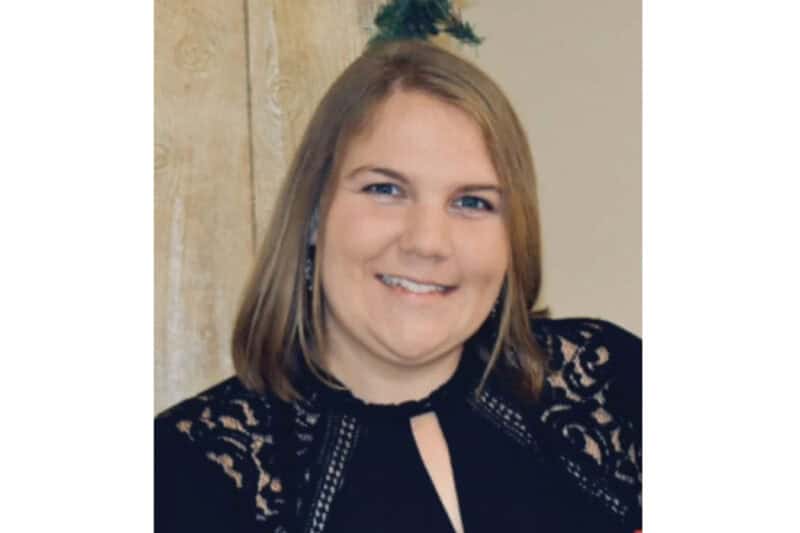This episode “Using Monitoring Technologies for Management of Dairy Calves and Herd Health” was presented at the 2025 Western Dairy Management Conference.
Episode 163: Using Monitoring Technologies for Management of Dairy Calves and Herd Health
Timestamps:
Dr. Cantor gives an overview of her presentation at the conference. She focuses on data from accelerometers and robotic feeders to predict calf sickness. While the correlations are there and we know calves change activity, behavior, and feeding behavior before they get sick, there is more work to be done before the technology is ready for wide implementation. When data from both accelerometers and robotic feeders were used, Dr. Cantor’s group was able to find respiratory disease with a 96% accuracy six days before clinical symptoms. Using these monitoring technologies has greatly enhanced the management of dairy calves. (2:36)
Dr. James and Dr. Cantor discuss the use of robotic feeders in the industry and the under-utilization of data collected by the feeders. Dr. James shares observations from a farm he works with about heifers coming into the milking herd. Those raised on robotic feeders are compared to those raised in calf hutches. In this context, using monitoring technologies has shown potential in enhancing herd health. (6:15)
The panel discusses the accuracy, specificity, and sensitivity of the predictions from monitoring technologies. They also touch on challenges around deciding what parameters to use to classify an animal experiencing the onset of clinical disease. It will vary depending on the disease. They go on to share their experiences with training algorithms. Computer scientists have different goals than animal scientists with this type of technology. Truly, there is potential for using monitoring technologies in the management of dairy calves. (11:17)
Dr. James talks about how data collection and using data can be a hard sell on some calf ranches. The panel talks about some of the challenges they have seen with adoption of technology and recordkeeping on dairies of various sizes. It’s important to note the contributions of monitoring technologies to managing herd health effectively. (28:30)
Dr. Giordano gives an overview of his presentation on using monitoring technology in fresh cows to predict disease. His group has worked with wearable sensors that monitor rumination time and physical activity. More recently, sensor companies have added eating behavior and body temperature. Variations in these parameters create a health alert to check on that particular animal. Thus, using monitoring technologies enables effective management of herd health. (39:08)
He goes on to describe two extremes in dairy farms. One spends little time and effort on looking for sick cows, while the other puts a lot of time and effort into this task. He discusses how bringing technology to these two types of farms benefits them. He also talks about what drawbacks there are, along with an economic analysis for each. Thus, using monitoring technologies plays a crucial role in managing dairy herd health. (43:14)
The panel discusses how implementing monitoring technologies requires a change in management. Allowing animals the opportunity to express their natural behavior is critical to success. They also talk about how veterinarians view this technology. The discussion includes the target age for calves to best learn how to use a robotic feeder. Clearly, these technologies are vital for the management of dairy calves and herd health. (48:54)
Panelists share their take-home thoughts. (57:11)
Conclusion
Please subscribe and share with your industry friends. Invite more people to join us at the Real Science Exchange virtual pub table. Furthermore, please be sure to register for our upcoming Real Science Lecture Series webinars.
If you want one of our Real Science Exchange t-shirts, screenshot your rating, review, or subscription, and email a picture to anh.marketing@balchem.com. Include your size and mailing address, and we’ll mail you a shirt.



